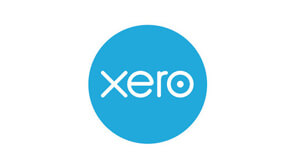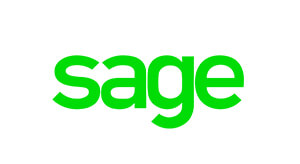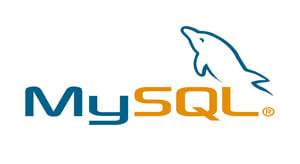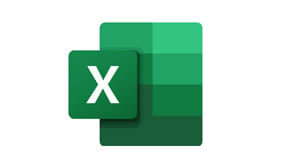Making sure that your business records and documents every transaction is crucial for companies as part of their overall businesses financial records.
Without a record of purchases and other business transactions (returns and exchanges), it is simply impossible for a business, regardless of what sector they are in, to keep track of their daily, weekly and monthly finances.
How you track your financial records (Xero, Sage, Quickbooks etc.) is entirely up to you, but most companies in the UK use a combination of invoices and receipts to record the various incoming and outgoing transactions for their business.
But what exactly is the difference between an invoice and a receipt?
Put simply, an invoice is a request for payment for products and services. It can list what was provided as part of the transaction, the total and break down costs involved and the various payment methods accepted. But invoices are only sent out BEFORE payment has been received.
They are commonly used for companies dealing in larger quantities, freelance workers and service agreements but can be used by any business, regardless of what they sell.
A receipt is proof of payment while an invoice is asking for money. A receipt is saying ‘thank you for the money’ and is used as confirmation that a customer has received the goods or services that they have paid for.
Though it is not a legal requirement, receipts are commonly used after a purchase has been made both for physical and digital transactions. While you can expect to be handed a printed receipt at a restaurant (for example), you can still receive a digital receipt for online purchases and all online e-commerce systems are usually configured to handle this as part of the online payment process. This means that businesses which operate entirely online, can still send out receipts to customers. As more and more businesses embrace digital systems, customers are frequently finding that even traditional retail businesses are now offering you the choice of a printed or digital receipt that can be emailed to you.
What needs to be on an invoice?
A typical invoice can contain any of the following:
- Company logo
- Business name and contact information
- Unique invoice number
- Invoice date
- Payment due date
- Payment methods accepted
- Listed details of goods or service payment is requested for
- Total amount that needs to be paid
What needs to be on a receipt?
Receipts are usually a lot less detailed than invoices and frequently only contain the important information related to the transaction. While they do not require a unique ID number, a typical receipt can contain any of the following:
- Company logo
- Business name and contact information
- Date of sale
- List of products/services sold
- Price of each individual product/service
- Total amount that has been paid (including sales tax or fees)
Depending on what business sector you are in and what your most common business dealings are, you may use invoices more than receipts (or the other way around) but understanding the difference between them both is crucial for any business that is wanting to keep on to of its finances and provide the very best in service to their customers. All while being able to manage their own finances and cash flow.
How we can help
Covering the full range of bookkeeping services which the typical business would require, Momentum Bookkeeping goes a step further by offering not just what you expect, but what you need (even if you didn’t know you need it).
From VAT returns and payroll services to custom built MySQL databases as part of our Bespoke Services; from a once a year service (such as annual accounts) to a daily interaction service into your business; we can be as integrated with your business as you want us to be.
We have extensive experience in all major software platforms, be it Xero, Sage, Quickbooks etc. So if there is a particular piece of software you have used previously, we can continue to use that with you.
Alternatively, many of our clients are using our own, bespoke software package which can be completely customised to your needs.
As every business is different, we will work with you to make sure that you give us this information in a way that is easiest and most convenient for you, and we will customise our reports to match your needs and to ensure they make sense to you. That way, we can maximise the value of our service to you. We work with a range of industry leading partners, whether that is Dext (previously Receipt Bank) to streamline the process of collecting your paperwork (including invoices and receipts), to Telleroo if you want us to make facilitate payments to your staff of suppliers. Or, we can go old school, and just pop in to collect your invoices and receipts at regular intervals.
We know that every business is different, which is why we will always take the time to get to know your business and to shape our service accordingly.
To find out more about what we can do and how we can help your business manage its finances, bookkeeping, payroll and the general invoices and receipts, simply get in touch.
We know that running a business is not easy. But at Momentum Bookkeeping, our goal is to make it easier for you.
Whether it’s getting paid by your customers on time, completing your VAT returns, processing payroll or submitting your annual accounts and tax returns, the demands on businesses can seem endless. And it’s almost certainly not why you got into business in the first place. It is, however, exactly why we got into business. We do the things you avoid because where your business is concerned, you do the real work, we do the paperwork.

Momentum Bookkeeping Ltd
Mentieth House, 29 Park Circus, Glasgow, G3 6AP
Call. 0141 375 1240
Email. info@mvbooks.co.uk





